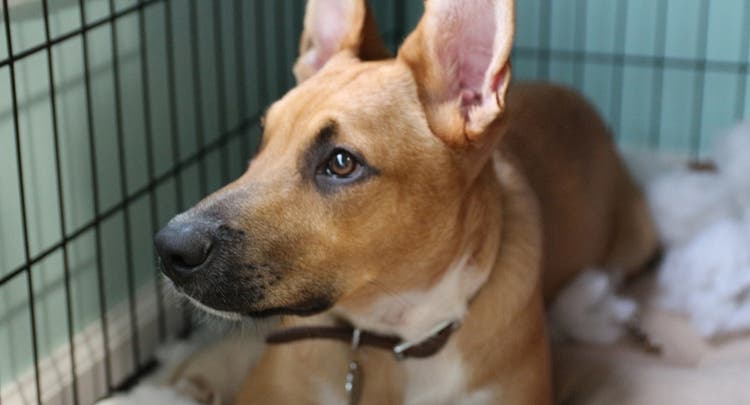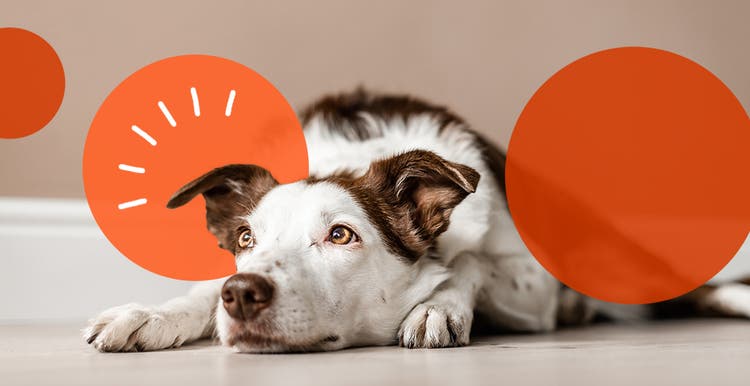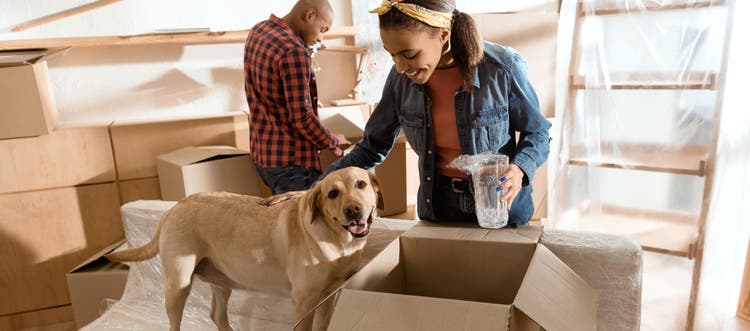Tips for changing your dog’s routine.
Dogs are creatures of habit. Anyone who has woken up with a snout in their face because it's time for breakfast knows dogs have very reliable internal clocks. But with school breaks, vacations or switching to/from working from home, sometimes a change of routine is necessary. The good news is there are plenty of things you can do to make the change easier on your dog.
Tips for Changing Your Dog's Schedule
What to Do before the Routine Change
If you know an event is coming up that will disrupt your dog's schedule, start preparing them for it as soon as possible with these tips.
Change Your Schedule in Small Increments
Start slowly modifying your routine in the weeks leading up to the change. This might be pushing back mealtimes or walks by 10 to 15 minutes a day, or gradually increasing the amount of time you leave your dog alone. If you don't already have a consistent routine, start getting your dog on a regular feeding, exercise and alone-time schedule.
Practice Calm Departures
Make coming and going as uneventful as possible to help ease your dog's anxiety. If your pup gets overly excited when you come home (panting, drooling, jumping, etc.), ignore them for a few minutes at first, or wait until they calm down before giving them attention.
Start (or Refresh) Crate Training
Consider how much freedom your dog can handle. For example, a puppy that gets into the trash or chews up pillows may need to be crated, while an older dog might just use the crate as a cozy napping spot - or not need one at all.
Is it cruel to crate a dog while at work? No. Many dogs see the crate as a positive experience and a safe space where they can sleep and relax.
Start by feeding your dog meals or treats in their crate with the door open to get them used to being there. Then begin closing the door. Eventually, leave them in the crate for a short time and build up to longer periods. If you're working from home, crate your dog when you go to the grocery store or run errands to give them experience in the space. You can make it easier by putting an old T-shirt in the crate for a familiar and soothing smell. For more crate training tips, see our step-by-step guide.
Regularly Exercise Your Dog
Exercise is important for your dog's physical and mental health. Whether it's extra time throwing a ball in the backyard or going for longer walks, ensuring your dog gets regular exercise is an easy way to help them relax when you aren't home; a tired dog is more likely to curl up and nap until you're home again. If your dog isn't used to walking often, slowly build up to longer walks.
What to Do During the Change
Older dogs might not need as much stimulation as younger dogs, but the question remains: How do you keep your dog entertained while at work or on vacation, especially if they're used to you being home?
- Leave them puzzle toys. There are many kinds of interactive toys to keep your dog busy while you're away. Try feeding them in a snuffle mat or slow feeder bowl, tying treats up in an old T-shirt or freezing some peanut butter in a bouncy, rubber toy.
- Turn on doggie TV. Playing music or leaving the TV on for your dog can provide background noise for a lonely or anxious pup. There's even a cable network created specifically for dogs, plus plenty of online videos with nature sounds and visuals.
- Hire a dog walker. If your pet needs to be let out, hire a dog walker or ask a friend to stop by. This will help break up the long day and give your dog some human interaction.
Troubleshooting Common Issues
There are two common behavioral problems owners may run into when changing up a dog's routine. Here's how to deal with them.
Urinating in the House
If your dog is having accidents while you're gone, don't punish them when you get home long after it happened. Crate training is an effective solution because most dogs won't relieve themselves in a confined space where they also sleep. For puppies or senior dogs that may not be able to hold it as long, try putting a pee pad in front of the door.
Separation Anxiety
Excessive barking, whining, howling, destroying the house and trying to escape are all signs of separation anxiety. While there are a few steps you can take to help alleviate your dog's separation anxiety, it's best to contact your veterinarian or an animal behavior specialist if their anxiety is severe or at-home solutions aren't working. Your vet or specialist will help you decide a plan of action that may include anti-anxiety medication.
Above all, be tolerant with your dog. Change can be difficult for dogs and humans alike. Remember to take it slowly, keep things positive and ask for help if you need it.






